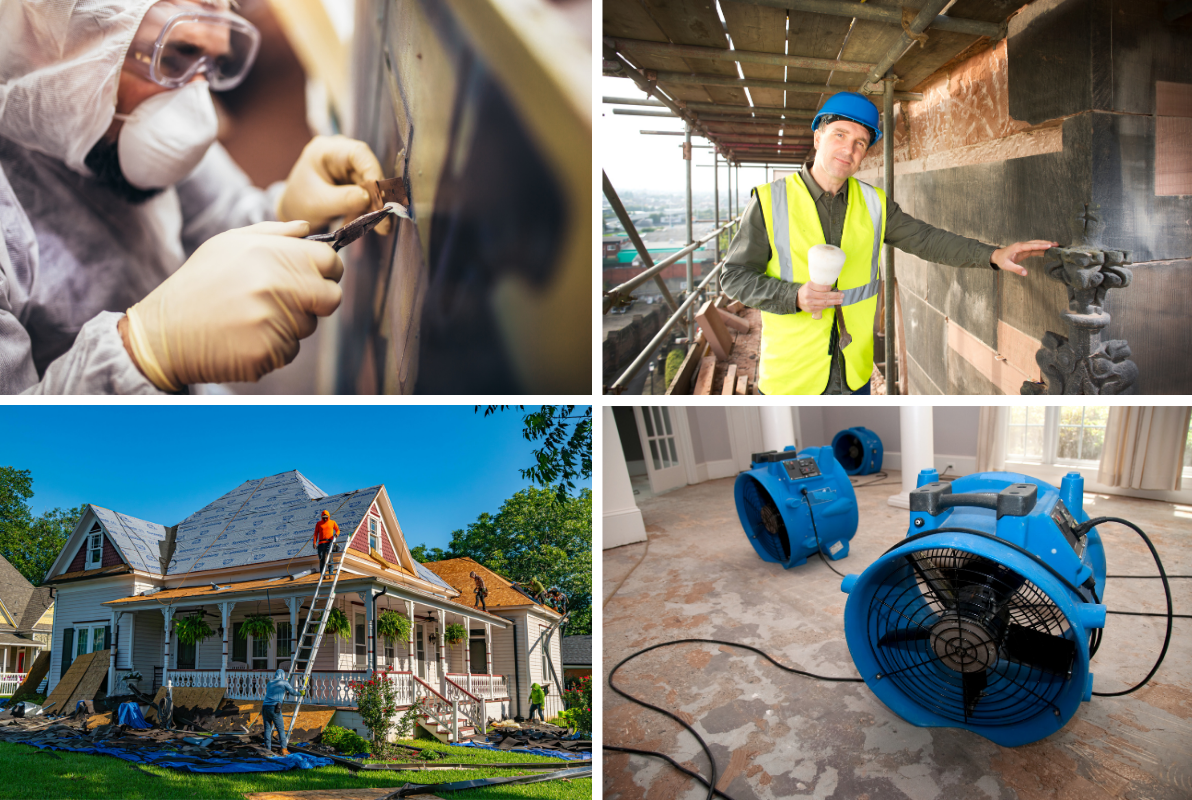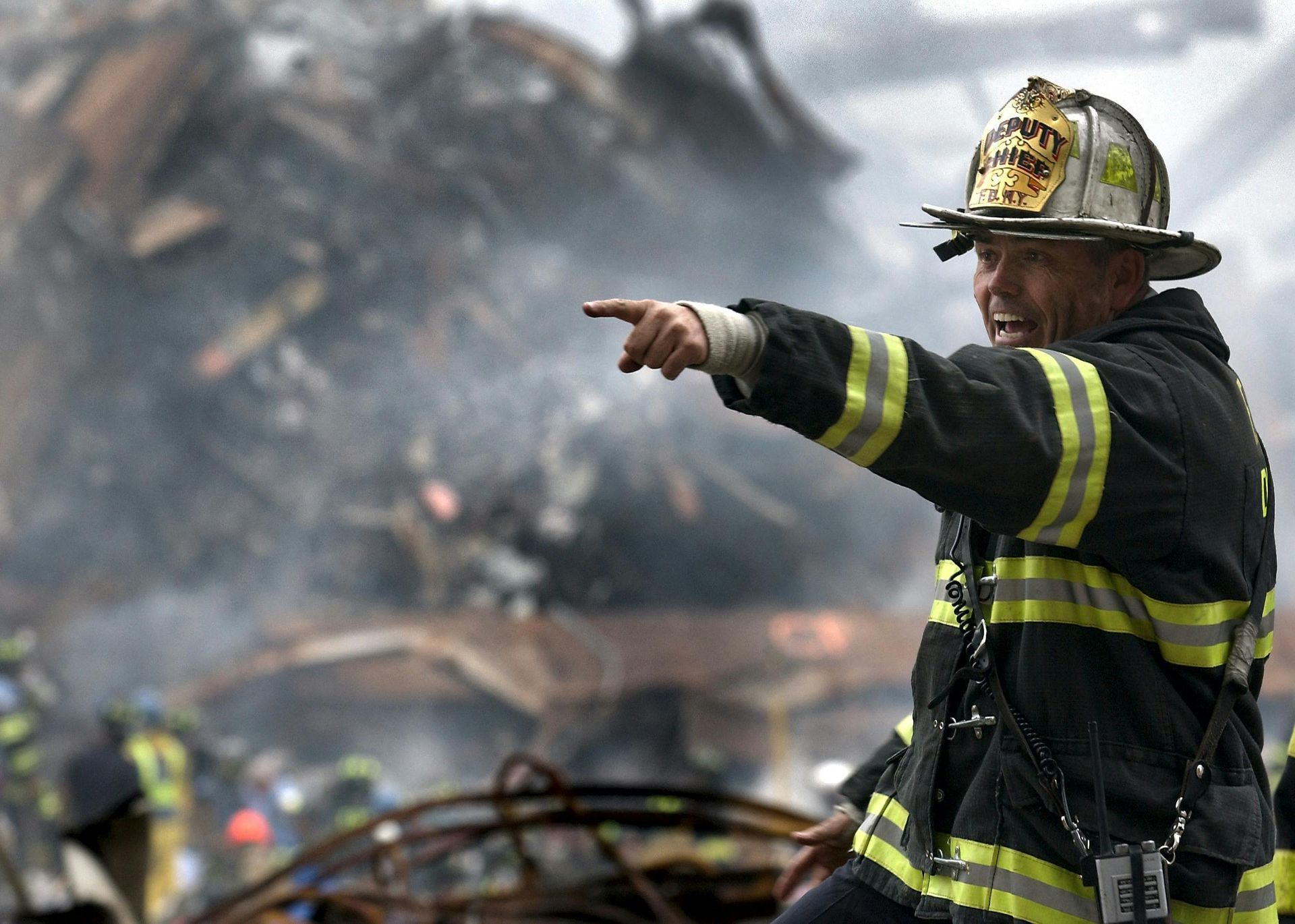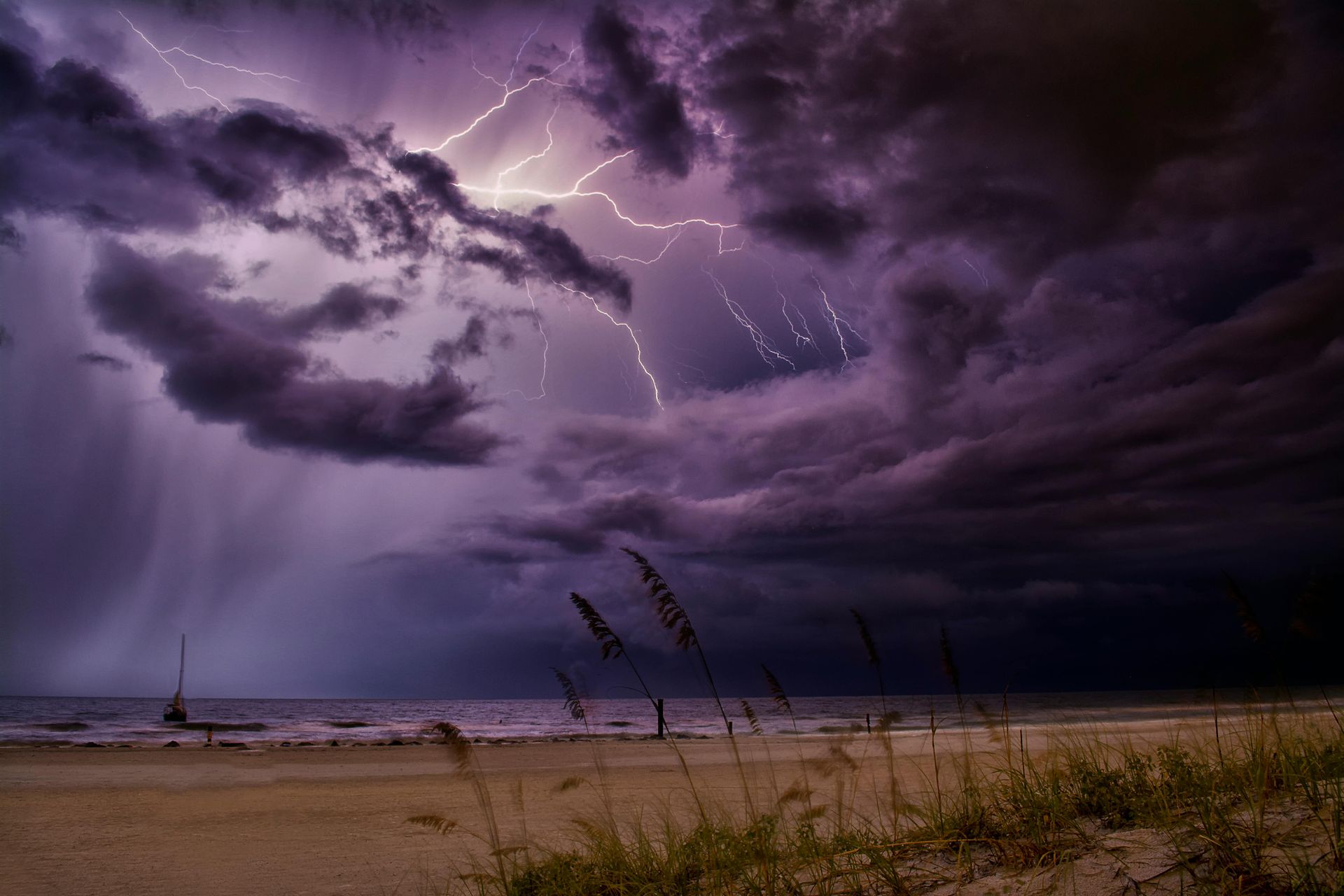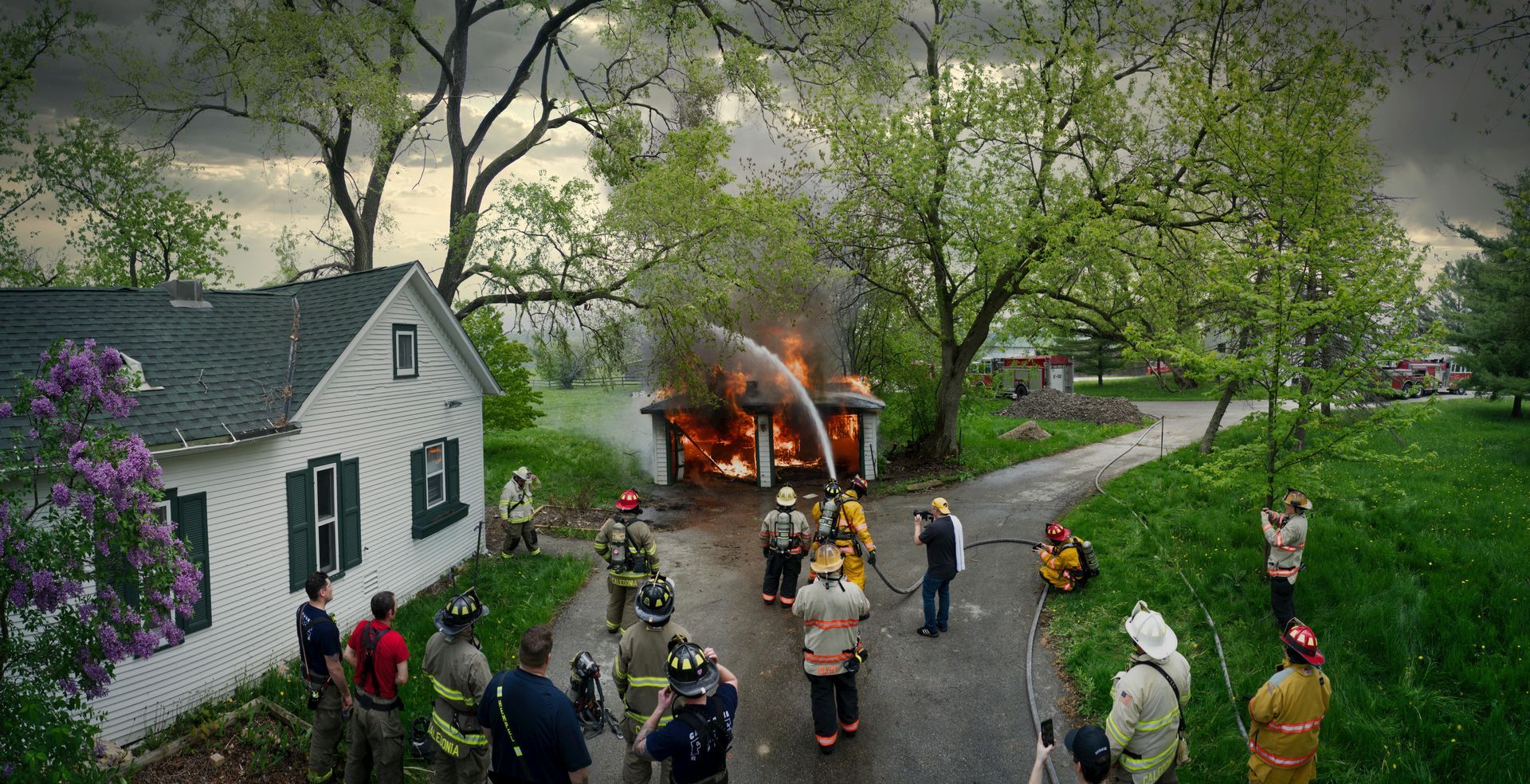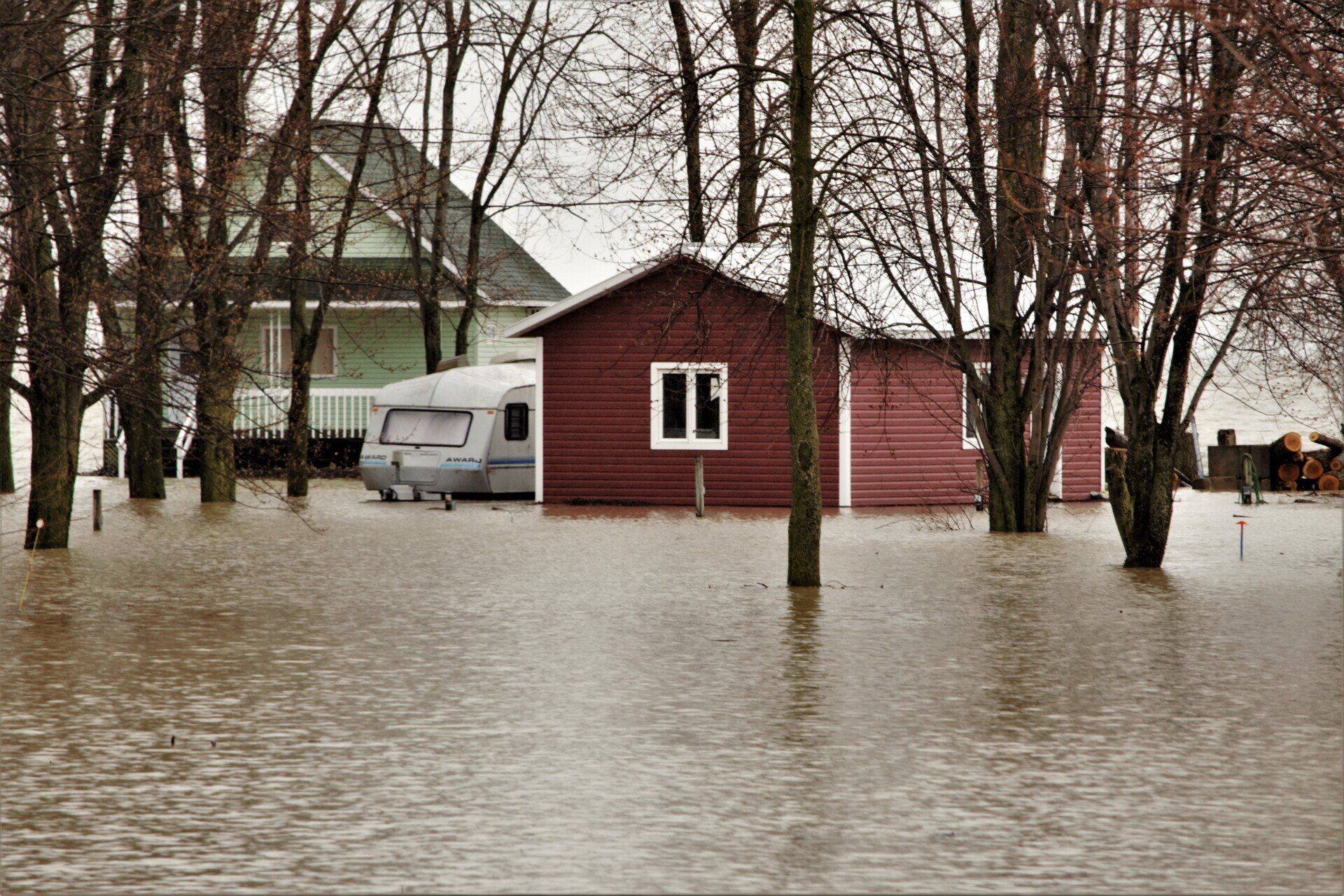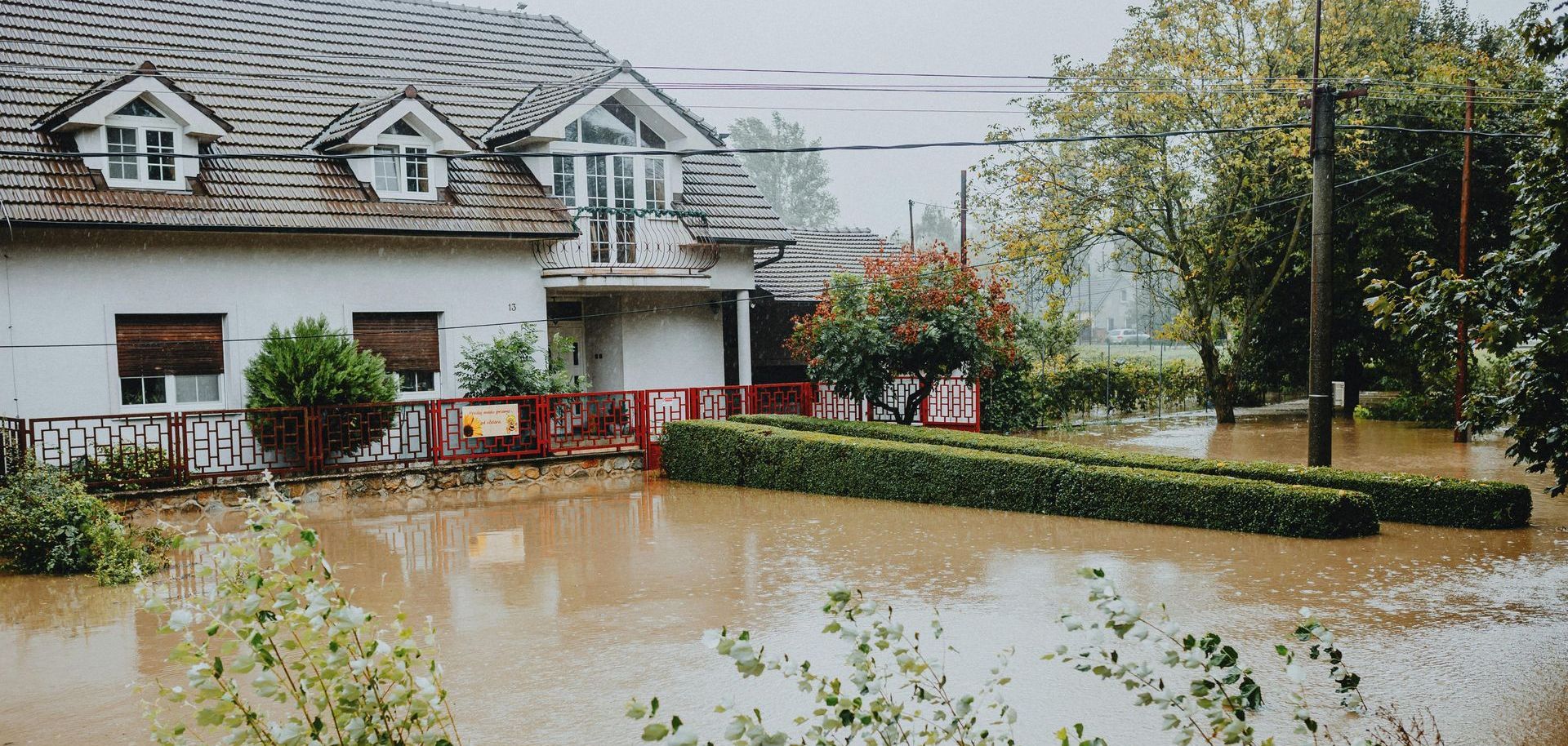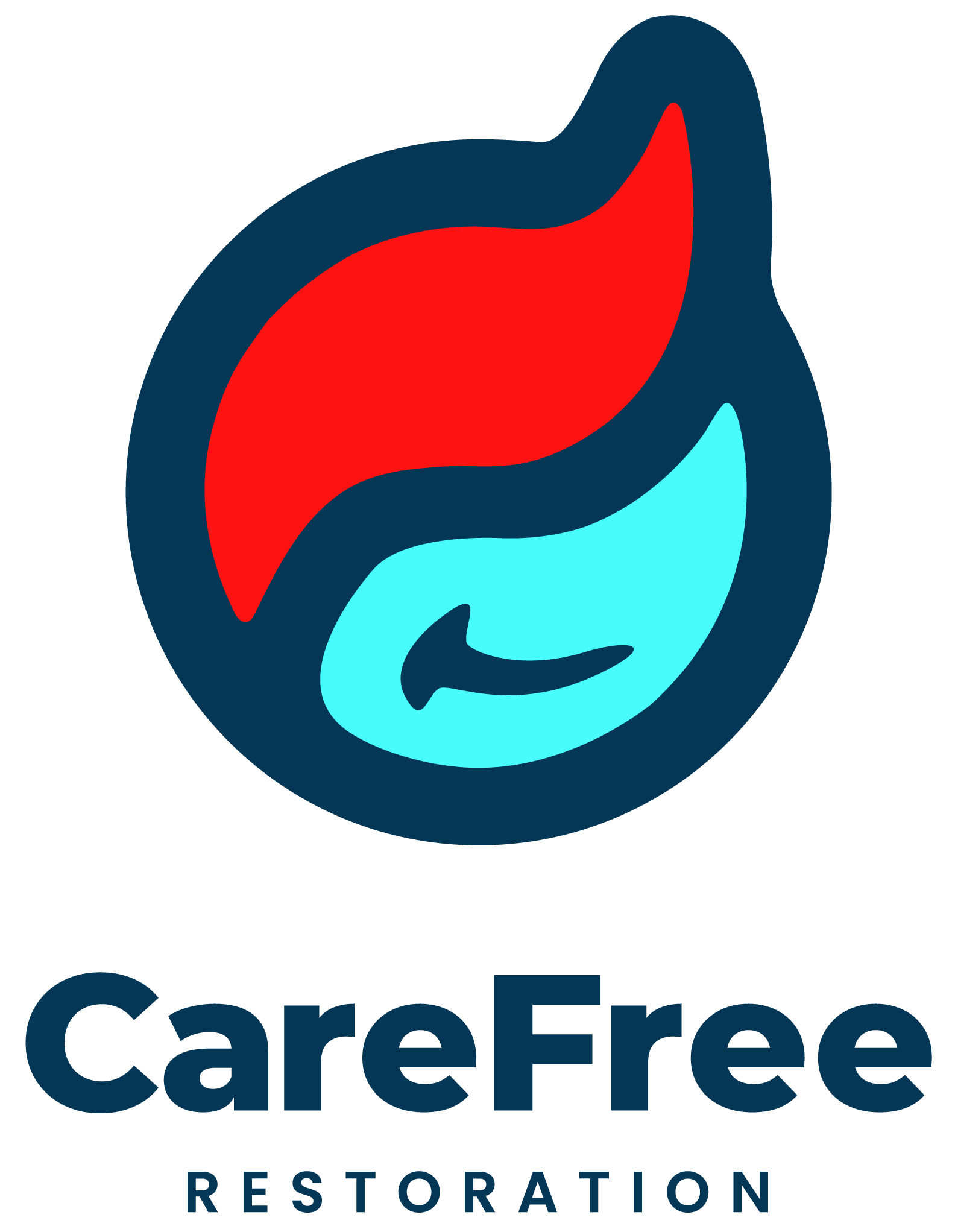Preparing for the Worst: How to Build a Storm & Fire Disaster Plan for Your Home or Business
CREATING YOUR DISASTER PLAN
No one wants to imagine their home or business being struck by fire or a major storm. Yet, planning ahead is one of the most powerful ways to protect your property, your finances, and, most importantly, lives. Having a disaster plan in place ensures that when the unthinkable happens, you can act quickly and with confidence.
Here’s a step-by-step guide to creating a storm and fire disaster plan that helps minimize damage and accelerates recovery.
1. Start with Risk Awareness
Different regions face different threats—wildfires in dry climates, hurricanes and tornadoes in storm-prone areas, or severe thunderstorms throughout much of the country.
- Identify local risks: Review weather patterns, wildfire maps, and historical storm data for your area.
- Evaluate your property: Older wiring, tree coverage near roofs, or poorly sealed windows can increase your vulnerability.
- Consult professionals: Local fire departments or emergency management agencies often provide free risk assessments.
2. Build a Communication & Evacuation Plan
When disaster hits, every second counts.
- Assign meeting points: One nearby (like a neighbor’s house) and one farther away in case your neighborhood is unsafe.
- Share contacts: Ensure all family members or employees have emergency phone numbers, including fire, police, insurance, and restoration services like CareFree Restoration.
- Practice drills: Run evacuation routes at least once a year—both at home and at work.
3. Protect Important Documents & Records
Losing legal or financial documents can add major stress after a disaster.
- Digitize everything: Scan deeds, insurance policies, tax returns, medical records, and store them in secure cloud storage.
- Fireproof/waterproof storage: Keep hard copies in a safe box or offsite safety deposit box.
- Business continuity records: Companies should maintain employee contact lists, vendor contracts, and operational backups.
4. Assemble Emergency Kits
A well-stocked kit makes the difference between chaos and control.
- For homes: First-aid supplies, flashlights, batteries, bottled water, non-perishable food, blankets, hygiene items, and pet care essentials.
- For businesses: Add backup chargers, two-way radios, cash reserves, and critical tools for temporary operations.
- Pro tip: Refresh kits every six months to replace expired items and adjust for seasonal needs.
5. Minimize Property Risk Ahead of Time
Taking preventative measures reduces damage and makes restoration easier.
- For fire safety: Clear brush and flammable debris away from structures, install ember-resistant vents, and have fire extinguishers on every level.
- For storms: Trim large branches near roofs, reinforce garage doors, check sump pumps, and secure outdoor furniture.
- Install detection systems: Smoke alarms, carbon monoxide detectors, and smart weather alert apps can save lives.
6. Know Who to Call After Disaster Strikes
Even with the best planning, disasters can still cause catastrophic damage. The good news: having trusted partners on speed dial reduces downtime. Restoration professionals like CareFree Restoration specialize in assessing damage, securing the property, and beginning the cleanup and rebuilding process—working hand-in-hand with your insurance provider to make recovery smoother.
Final Thoughts
A disaster plan isn’t about living in fear—it’s about being ready to protect what matters most. By preparing now, you’ll gain peace of mind, ensure the safety of loved ones or employees, and reduce the financial and emotional toll of fire or storm damage.
If you’re ready to create a stronger safety net for your home or business, reach out to CareFree Restoration. We’re here not only to help you recover after a disaster but also to guide you in preparing before it ever happens.



